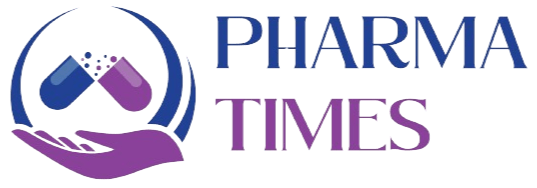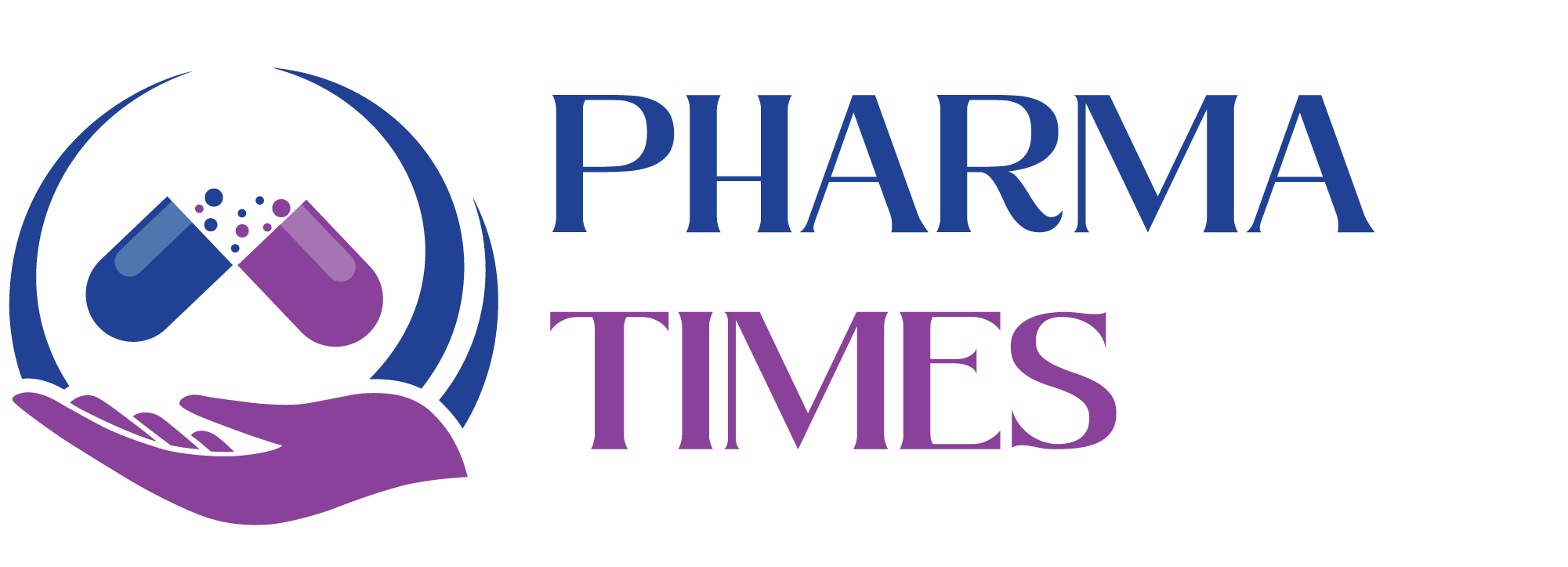Formulation Development Interview Questions
In this article we are going to learn about some interview questions asked in formulation development , here while preparing for the R&D interviews my tip for getting selected in the interview is to please be aware of the basics and go through your project work as much as possible ,as most questions that you get in are from project work like what you performed , methods used , and how you choose the work , literature survey you have done etc. Please go through these below interview questions?
- Tell me about yourself?
- What is angle of repose?
- how do you find angle of repose practically?
- In which PH ethyl cellulose polymer will release?
- What is NOYES WHITENY equation?
- Define Pharmaceutical Equivalence, therapeutic equivalence, bioequivalence
- how do you perform disintegration test for coated tablets?
- Name some tablet defects
- How do you Perform Weight Variation test?
- What are MUPS?
- Tell me about the role of enteric polymers?
1.MUPS: Multiple unit pellet systems are advanced formulations which are either immediate release systems or modified release systems where coated or uncoated pellets are compressed along with tableting excipients. These MUPS dosage forms have improved benefits when compared to normal tablets as they reduce irritation to the gastric mucosa and improved bioavailability and this technology is alternative to conventional tablets.
2. Tablets Defects: Tablet defects include sticking & picking, capping and lamination, chipping, mottling, weight variation, poor flow, hardness variation, double impression etc. we are not going in detail, later we will keep link to the tableting defects here.
3. Weight Variation test: Each tablet we take contain a specific amount of drug, variation in the weight of tablet reflects variation in amount of drug the tablet contains, so during compression tablets are frequently weighed at specific intervals to know any weight variation and adjust the weight accordingly. This quality control test is performed by taking 10 tablets and weighing them individually and finding the average weight of the tablet and comparing the individual weight to average weight , so here acceptance criteria is met if 10 units less than or equal to 15 percent , if the acceptance is not met , then take another 20 units calculate the acceptance which should be less than or equal to 15% for the 3o tablets.by using the weight variation we can know the content uniformity.
4.Role of enteric Polymers: Enteric coating polymers are not soluble in the gastric fluids and are soluble in the intestine and enteric polymers are used to protect the drug from gastric environment, taste masking, protect the drug from moisture, light enhancing the stability, and to control the release of drug etc . common names of enteric polymers used are cellulose derivatives like HPMC, acrylic resins, methacrylic acid co polymers.
5. Disintegration test for enteric Coated tablets: Enteric coated tablet we use the same disintegration apparatus and lets see how we can perform DT test for enteric coated tablets – At first place one tablet in each of the six tubes and if the tablet has sugar coating then immerse them in water for 5 minutes along with basket and then Place the basket in simulated gastric fluid and operate the apparatus for 1 hour and lift the basket and observe , here the tablets should show no evidence of disintegration, then place the basket in intestinal fluid and operate , all tablets should disintegrate , if one or 2 tablets fail then we have to perform the test again on 12 additional tablets , the test pass if not less than 16 tablets out of 18 tablets disintegrate completely.
6. Pharmaceutical equivalent: As per FDA for a drug to be therapeutically equivalent, it must be pharmaceutically equivalent, for drug to be pharmaceutical equivalent it must not necessarily contain the same inactive ingredients, but it must me of same dosage, strength, quality, purity, active ingredient, same route of administration
Bioequivalent: As you might heard, to be therapeutically equivalent, two products must be bioequivalent. Bioequivalence means the absence of considerable difference in the rate and extent of availability of active ingredient at the site of action, when administered at same dose and same conditions in an appropriately designed study.
Therapeutic equivalence: If two pharmaceutical products produce the same therapeutic effect when administered to the patients under same conditions, they are therapeutic equivalents.
7.Noyes -Whitney equation: This equation is used to know about the dissolution rate of solid material like drug compound in solvents like water and helps in predicting dissolution behavior for solid dosage forms.
dm /dt =
- is the rate of dissolution, representing the change in mass (m) of the solid material with respect to time (t).
- is the diffusion coefficient of the solute in the solvent.
- is the surface area of the solid material exposed to the solvent.
- is the saturation concentration of the solute in the solvent.
- is the concentration of the solute in the solvent at time .
- ℎ is the thickness of the diffusion layer surrounding the solid material.

